Expert warns: "There's always a risk of being caught in an avalanche if you enter avalanche terrain"
There are three key things you need to pay attention to, the expert says.
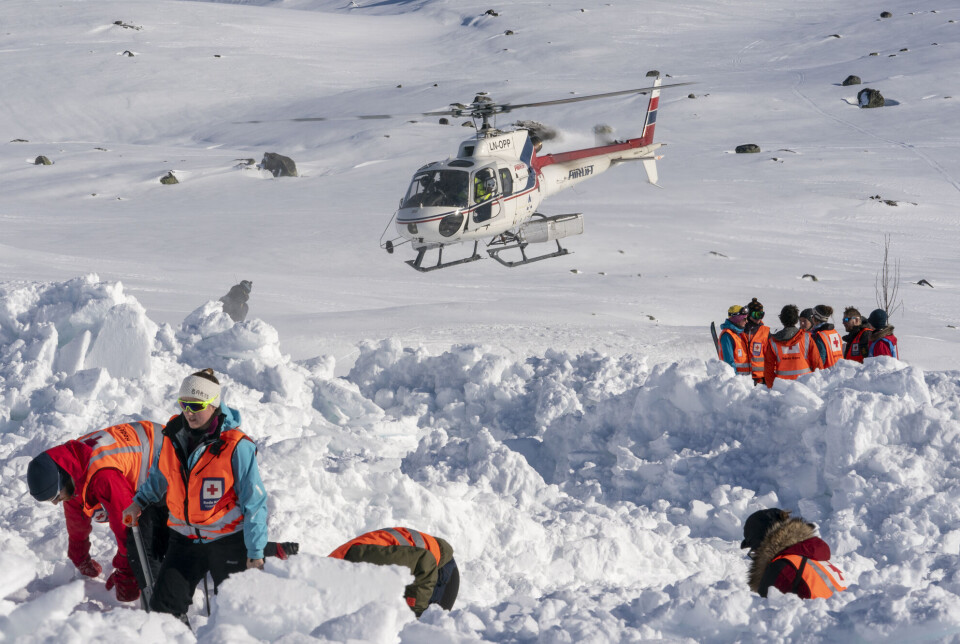
Avalanches have claimed 108 lives in Norway since 2008. On Wednesday, January 29, four Norwegians were caught in an avalanche in France, writes The Guardian.
Even the most experienced mountaineers can be unlucky in the mountains, but there are some warning signs you can look out for.
Audun Hetland is a researcher at UiT The Arctic University of Norway and has led a project on decision-making in avalanche terrain.
He explains that assessing avalanche danger is difficult and cannot be learned during a weekend course.
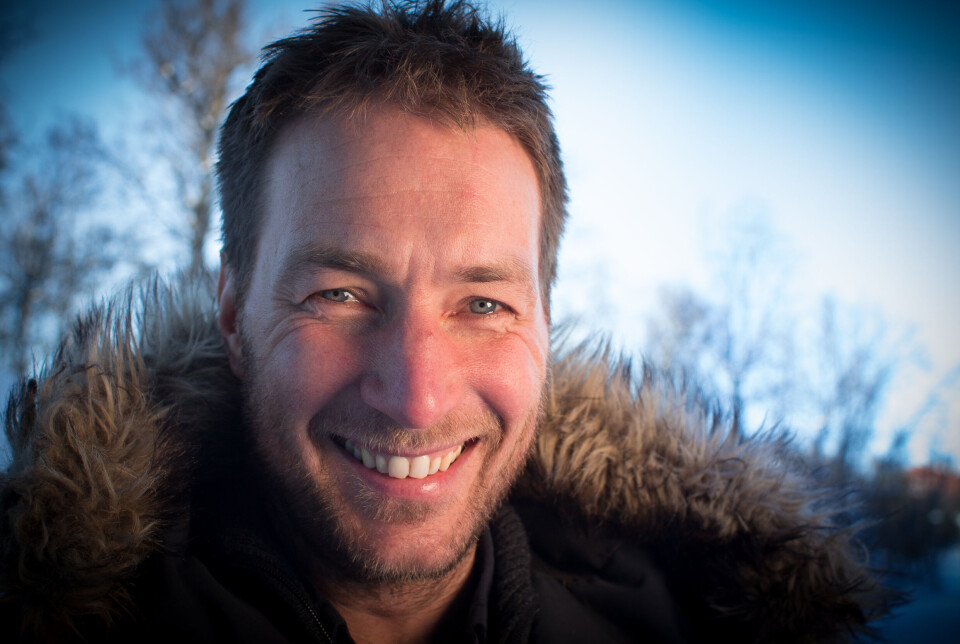
"Important to make your own assessments"
On all snow-covered mountains that are 30 degrees or steeper, there is a risk of avalanches. These areas are called avalanche terrain.
In Norway and most Western countries, there are avalanche warning systems that indicate where there is a risk of avalanches.
In Norway, the platform varsom.no is used, operated by the Norwegian Water Resources and Energy Directorate (NVE) in collaboration with the Norwegian Public Roads Administration and the Meteorological Institute.
However, there can be variations within marked areas, meaning you cannot blindly rely on these warning systems.
"Conditions can vary within the designated area, so it's important to make your own assessments," says Hetland.
Hetland explains that there are three key things you must pay attention to when assessing avalanche risk.
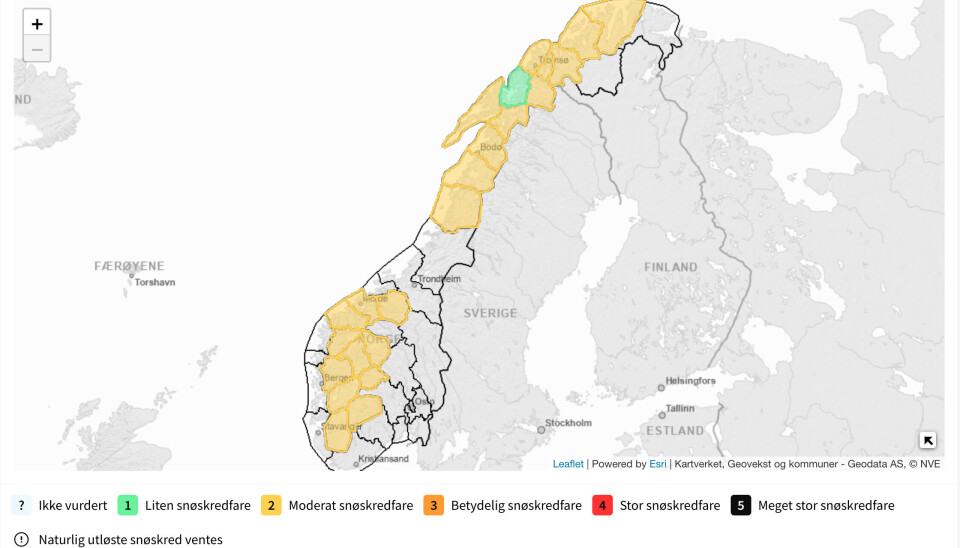
1. The terrain
Varsom.no provides an overview of areas prone to avalanches, but assessing how stable the snow is can be difficult, as it tends to remain in place, according to the avalanche researcher.
"You might be unlucky and hit a spot that triggers an avalanche," says Hetland.
"What you should pay attention to is if you hear a 'whomp' sound when you step in the snow. That indicates that the snow is collapsing beneath you, which means there is a risk of an avalanche," he adds.
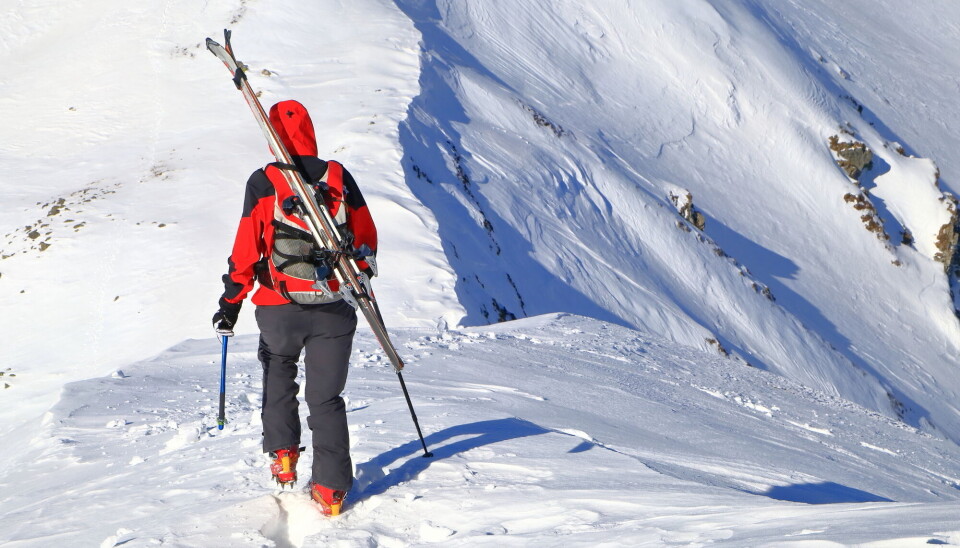
2. The weather
Avalanche risk in an area can be affected by the weather. If a large amount of snow has fallen in a short time, if there have been strong winds, or if the temperature has changed significantly, the risk of an avalanche can increase.
"Most avalanches are triggered by natural movements in the snow that cause a layer of snow to break off and slide," says Hetland.
3. The tour group
There are measures that can minimise the risk of an avalanche, and it's wise to agree on these before heading into the mountains. One important precaution is to keep a distance between each other while moving about. This reduces the strain on the snow, lowering the risk of triggering an avalanche. If an avalanche does occur, fewer people in the group will be caught, according to Hetland.
"It's important to bring the right equipment," he explains, elaborating:
"The most essential items are an avalanche beacon, a probe, and a proper shovel. If someone is caught in an avalanche, the snow will be compacted and feel like concrete."
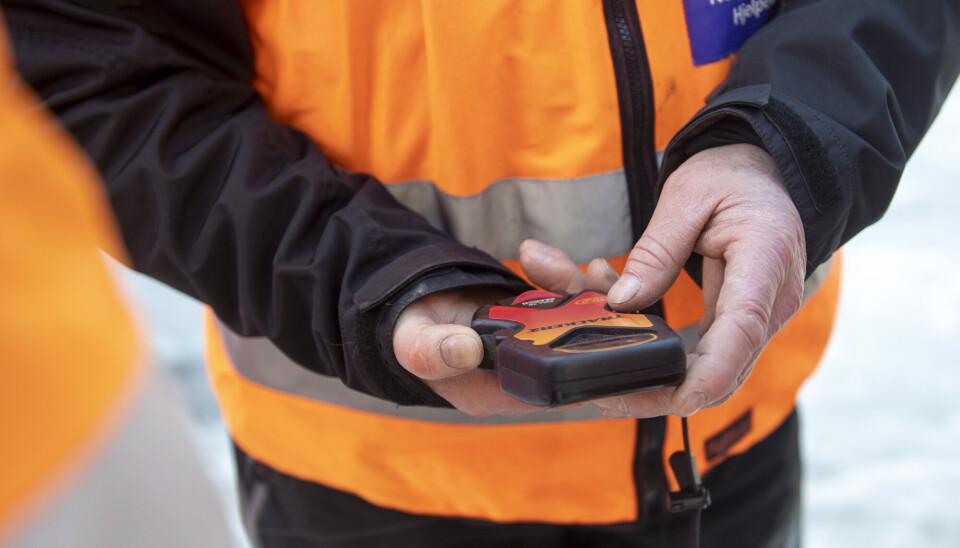
What happens if you get caught in an avalanche?
If you end up buried under the snow, the next 10 minutes are critical.
"Half of those caught in an avalanche die from injuries caused by the snow. Those who don't suffer life-threatening injuries will suffocate within 10 minutes," explains Hetland.
"It always takes more than 10 minutes for rescue teams to arrive. This means that those who remain on the surface and were not caught in the avalanche are the ones who can save lives," he adds.
Even though there will always be a risk of avalanches, Hetland encourages people to get out and enjoy nature.
"There are many good reasons for people to explore the mountains. Tragedies can happen in the mountains just as they can at sea. The most dangerous thing of all is staying indoors," says the researcher.
———
Translated by Alette Bjordal Gjellesvik
Read the Norwegian version of this article on forskning.no
Related content:
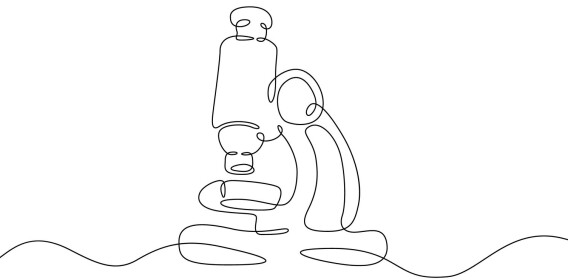
Subscribe to our newsletter
The latest news from Science Norway, sent twice a week and completely free.





































